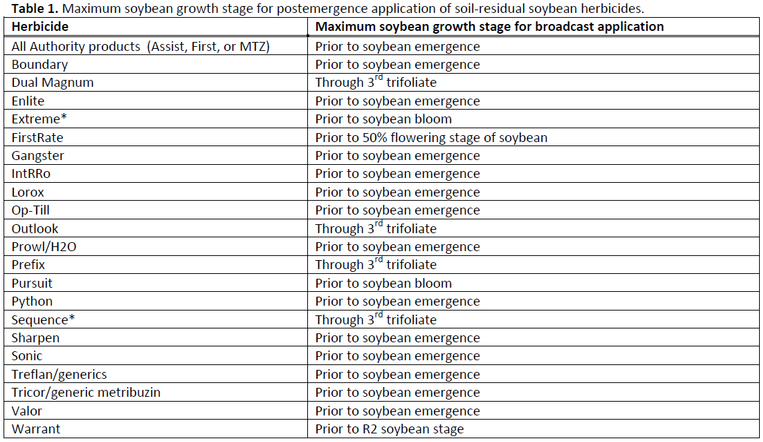Source: North Dakota State University's Crop & Pest Report
By Rich Zollinger, NDSU Extension Weed Specialist
June 9, 2011 — If a certain number of days have elapsed since planting or if soybean plants have begun to emerge, proceeding with the planned application depends on the herbicide.
Only a few herbicides that are most frequently applied before soybean planting or emergence can be applied after soybean plants have begun to emerge.
Some soybean herbicide active ingredients can cause injury if applied directly to the soybean plant or close to emergence. Labels often restrict application timing relative to soybean planting (for example, within 3 days of planting) and/or to visible signs of soybean emergence.
In general, the potential for soybean injury increases as the interval between application and planting decreases. Crop genetics and environmental factors, such as timing of precipitation in relation to herbicide application and soybean planting or emergence also influence the potential for soybean injury.
Not all soil-residual soybean herbicides that can be applied after soybean emergence will control emerged weeds, so additional management procedures (such as adding a herbicide with postemergence activity) may be needed if weeds also have emerged.
Table 1 (below) summarizes information about postemergence applications of the more traditional soil-applied soybean herbicides. Please consult product labels for additional information, such as the need for tank-mix partners or spray additives to improve control of existing weeds.







Post a comment
Report Abusive Comment